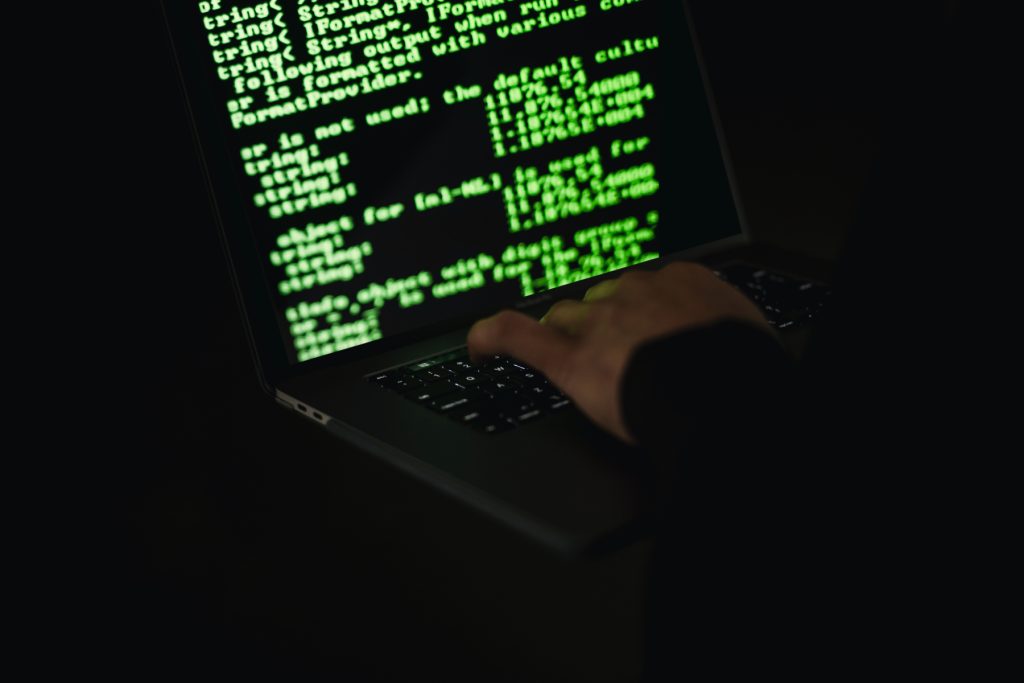12 May Three Pillars of the Fraud Prevention Strategy
Combatting fraud and ensuring cybersecurity is not solely an IT issue but a business-wide challenge. To effectively prevent fraudulent activities, organisations must cultivate a culture of fraud prevention that is underpinned by people, processes, and technology, and supported by strong leadership.
In addition, businesses must treat cybersecurity with the seriousness it deserves, and acknowledge its three core pillars. Each of these pillars must be equally stringent and seamlessly integrated with the other two to achieve optimal results. It’s worth noting that people are the common thread that runs through all three pillars, emphasising the crucial role of personnel in maintaining strong cybersecurity practices.
First Pillar: People
Your employees are integral to the security of your systems and the safety of your data. To ensure sound security practices, additional measures are necessary. Policies, procedures, and changes must be introduced in a comprehensive and informed manner to get support and buy-in from staff. It’s vital that your employees recognize and appreciate that these security measures are in place to safeguard them just as much as the business.
It’s unreasonable to expect employees to identify fraudulent emails and other cyber-attacks without proper training. Therefore, cybersecurity awareness training should be provided and regularly updated. The more adept your staff becomes at recognizing threats, the better equipped they are to protect the business.
It’s crucial to cultivate a culture that values security. A culture in which employees are empowered to question anything suspicious to ensure safety, without fear of retribution. Every false alarm should be viewed as a positive indication that they understand the threats and are not cutting corners or taking unnecessary risks. These workplace values should be instilled from the top down throughout the organization.
Second Pillar: Processes
You must have the right procedures in place for fraud prevention. There should be proper IT governance. It refers to the overarching set of controls that you set and enforce in order to govern the use of all your valuable IT assets. They take the form of procedures and policies that ensure that your staff knows about and follows. These are the best business practices regarding security and IT.
Your procedures should detail and document the actions needed to monitor, patch, and maintain all of the elements in the technology section. How are you going to make sure that all security patches have been properly applied? What is your process for opening a port on the firewall? What is the backup test schedule, and when was it last checked? All such activities that surround the components of the technology pillar must be preserved in processes, and those processes must generate an audit trail.
You should have an IT incident procedure and a data breach procedure, and they should both be rehearsed. Keep in mind that if it is not written down, it is not a procedure. Also, all these processes must be followed otherwise they are completely ineffective.
Third Pillar: Technology
Technology includes the software and hardware systems and measures you deploy to close security gaps and improve your defences. But technology also includes generic IT concerns, e.g. your network design’s topology. Basic solid network engineering is a key element of your technology pillar. The sensible placement of correctly configured firewalls, switches, and routers provides a foundation for the fraud prevention add-ons to sit on.
All application software and operating systems must be within the support periods of the manufacturers. They must all be patched up to date, including firmware on firewalls and routers. Using encryption for email, and encrypting the hard drives of mobile and portable devices is common sense. Apart from this, it would help if you also implemented the control of USB devices according to your needs. Anti-spam and email filtering measures are also important as they significantly minimise the risk of email-borne threats infecting your system. Of course, you will also need a firewall.
Apart from these, consider an intrusion detection system. Such systems use techniques like automatically collating and gathering system logs from network devices and servers, and analyzing them for anomalies or suspicious behavior. You can set this to occur periodically or in near real-time if your system is sophisticated enough. Last but not least, don’t forget backups. Back up a wide range of media, and include an off-site backup in your schedule as well.
It’s People, All the Way Down
Cybersecurity and fraud prevention in a business start at the top. Senior management must understand that everyone is a target. They must budget for the technological defences. Fraud prevention technology must be installed, patched, configured, and maintained. Proper processes and governance are also important. Staff must use sensible behaviour. Governance will offer controls and guidance, but someone has to write the procedures and policies. Having an empowered workforce taking the cybersecurity of the business seriously is achievable, but it doesn’t happen without a management plan to make it happen.


